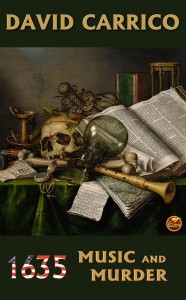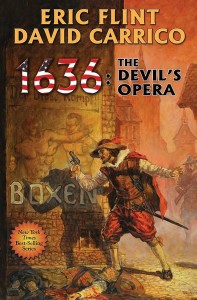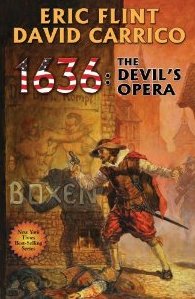Congratulations! You’ve gotten that short story accepted to an anthology. You’ve sold that novel. You’ve decided to indie publish.
…Now what?!
Presumably you’re hard at work writing the next story, the sequel, the following project. This doesn’t mean your first fledgling is going to learn to soar all on its own. Even if you’ve not gone the indie route, a large share of publicizing and promoting your work is going to be up to you. That’s because people can only buy books if they know that they exist, and nobody is ever going to be as invested in your own success as you are.
Unless you’ve got a degree in public relations or a job in marketing, you may not have ever promoted anything before. You might be like me…a writer who’s had her first professional sales this year, three of them in fact, and once the contracts have been signed and the copy edits completed, realizing you finally need to get serious about promoting yourself and your work. This month, the Fictorians and their guests will share our personal experiences, discoveries and lessons to give you a “from the ground up” look at marketing your new publication.
How do you organize a book launch party? Promote your work at a con? Create a media press kit?
What’s the most effective way to use Facebook and Twitter for promotion? How about Kickstarter? An author web page? What options does Amazon offer indie authors? How do I avoid being “that guy” whose every forum post ends with “buy my stuff” until I don’t want to see anything about him, or his stuff, ever again?
Most importantly, how do you strike that balance between promoting your published work, creating new stories and still having some semblance of a life?
If you’re going to write professionally, you need to understand that writing is a business. Authors, particularly new authors, don’t have the luxury of focusing solely on writing and letting someone else handle all that “other stuff” (like promotion, contracts, finances, etc). Tempting as it may be some times to stay in your Writers’ Cave, if you want anyone to know that you’re writing stories that they would want to read, you need to crack open the cave door and venture outside for some promotion. I’ll come along on that journey with you. My first order of business is to create a proper biography page right here on the Fictorians site. I’ll let you all see it when it’s done.
You’ve worked hard. You’ve created something good, something you’re proud of. Someone has offered to buy it; or you’ve decided to send it out in the world yourself, directly to readers. Now it’s time to let everyone know that you’re ready to share it with them–that you’ve made something worth buying. That they can expect more from you in the future.
I’m learning to speak up, to speak out, to show the world what I have to offer. Come along with us!



